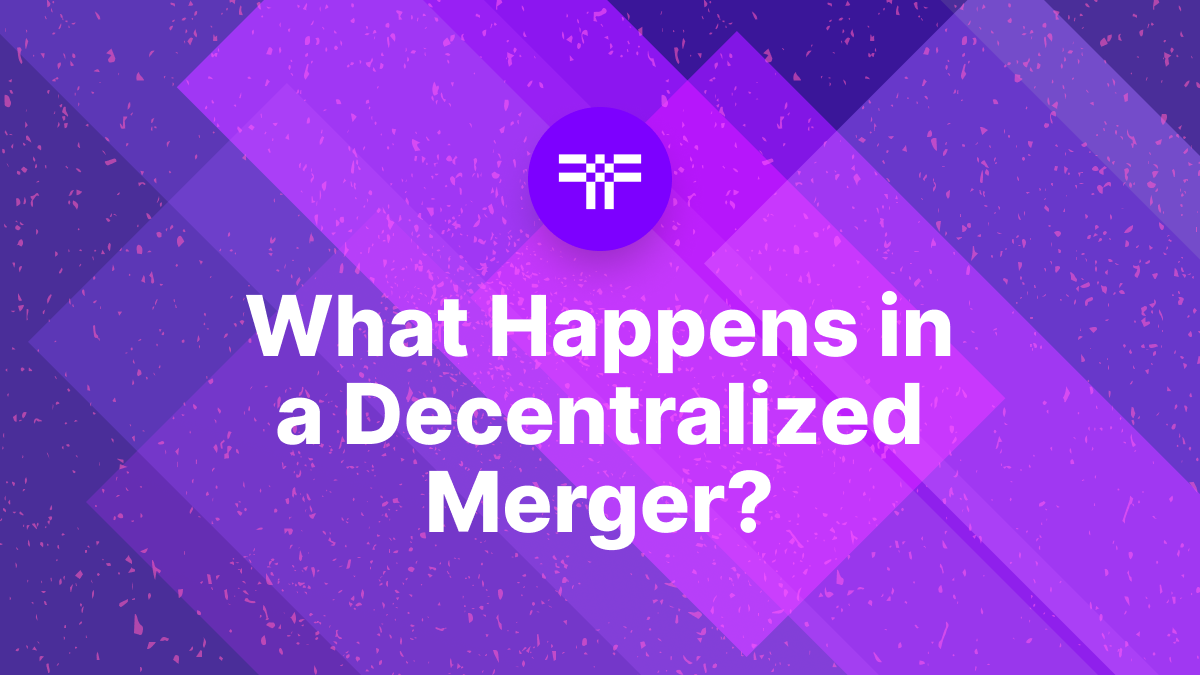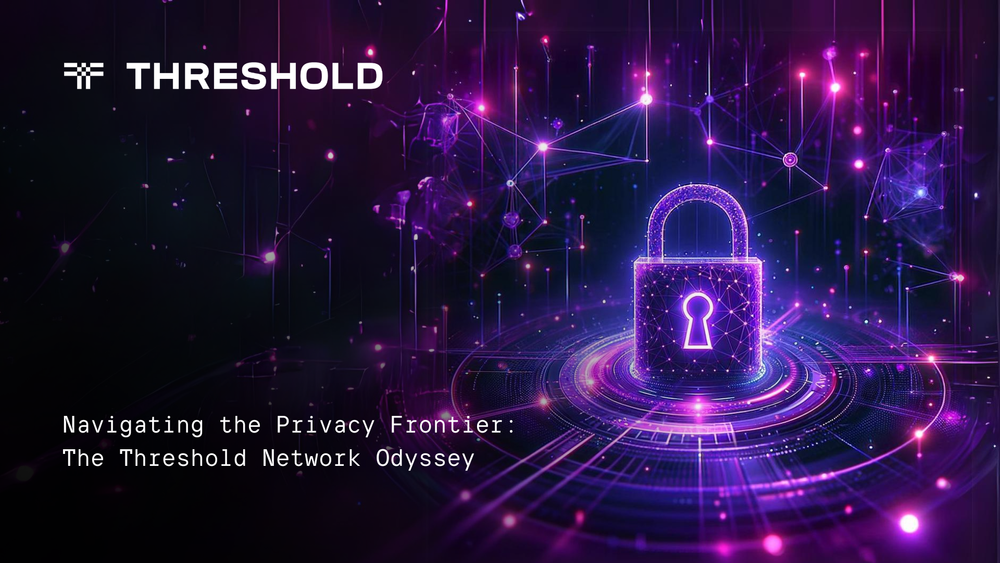An on-chain merger is new territory even for the fast-paced innovation happening in the Web3 space. When the Keep and NuCypher communities voted to merge into a single network there was no precedent for what this would look like or what the ideal process would be. Luckily, that also meant we got to be innovators and set our own standards.
Decisions and alignment
Unlike the context of merging two traditional companies, the decisions made in a decentralized merger aren’t taken in a top-down manner. The first step taken was a forum post from Matt and MacLane which sparked a lot of discussion in both communities. This led to a decentralized voting process where each community member decided whether or not it supported the merger. Equally important, they got to have a say how the merger was going to happen.
Community members themselves submitted, reviewed, and revised many snapshot proposals on both the Keep and NuCypher forums that detailed everything from timeline to merger tokenomics. The final iteration was the RC0 proposal, submitted by Viktor and Ben, which passed with an overwhelming majority vote after combining the best elements of all the previous ones. You can read through a recap of the process or find out more about how the Threshold DAO works.
In the months that ensued members continued to discuss even granular aspects of the merger ranging from inflation schedule to keeping the ESDM separate from the DAO.
Process
Next, we made sure to include all of the stakeholders in both networks in the process. This meant working with every member of both teams and communities, from core development, to stakers, to node operators and providers, to passive token holders and liquidity providers, as well as custodians. Together, we worked out a path to upgrade both networks into one.
One of the big differences between this process and other types of mergers is the fact that both teams build in public. This presents all sorts of challenges in terms of coordinating on-chain efforts. The Threshold Network will succeed in creating a smooth transition process for both projects.
- First is the deployment of three main contracts of the Threshold network: the T token contract, a vending machine contract, and a basic staking contract. These deployments will lay the groundwork that is meant to welcome stakers from both Keep and NuCypher as they join the new network.
Note: Keep and NuCypher inflation are paused before the contracts are deployed to determine the token factor (the amount of T token that will be given per KEEP or NU wrapped).
- Then, staking adapters and an easy upgrade feature will be put in place to make it easy for KEEP and NU users with locked tokens to switch over before their lock periods end.
- Once the network upgrade is deployed, stakers and node operators should make sure they upgrade to the latest client software and complete any additional steps we specify.
- Finally, we will launch the first authorized applications on the network which will be Random Beacon, Proxy Re-Encryption, and eventually, tBTC v2.
While we will maintain the legacy networks, we expect all activity to migrate to the Threshold network. To ensure that this is the case, all functionality from both Keep and NuCypher will be ported to Threshold.
Future Goals
Once completed, the merger will create more robust infrastructure to support an already integrated community. Keep and NuCypher members now frequent the Threshold Discord server where they participate in the early structure to the DAO including the Integrations Guild, Marketing Guild, Treasury Management Task Force, and the Threshold USD Task Force.
After the addition of Random Beacon and PRE, Threshold will focus on launching the much-anticipated tBTC v2. This new iteration of the trustless BTC bridge will enable a much more scalable and efficient use of capital than its predecessor.
Thanks to the inclusion of new stakers in the network, we will be able to increase tBTC’s capacity to 1% of the Bitcoin supply. This means that a larger number of bitcoin holders will be able to bridge their assets into the Ethereum network and participate in DeFi opportunities and other decentralized applications without compromising on censorship-resistance. All thanks to the support and collaboration of the newly-merged Threshold community and network.







